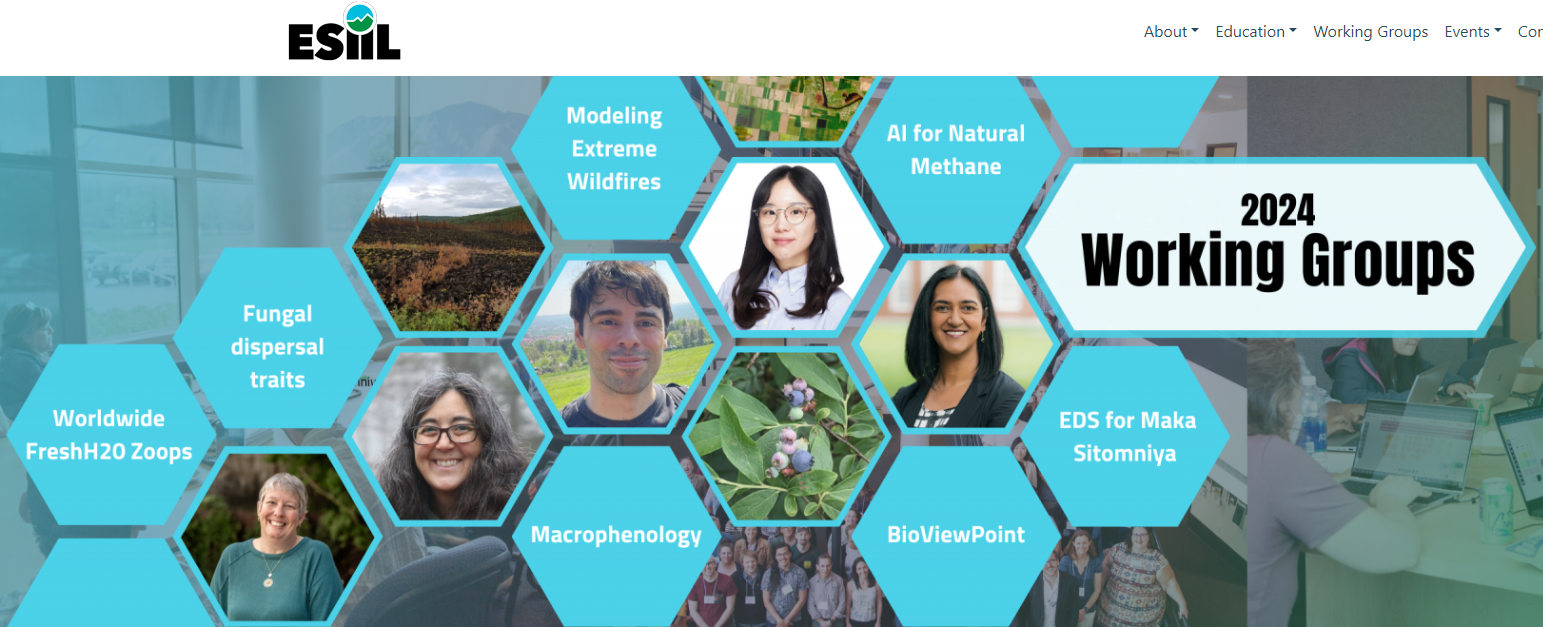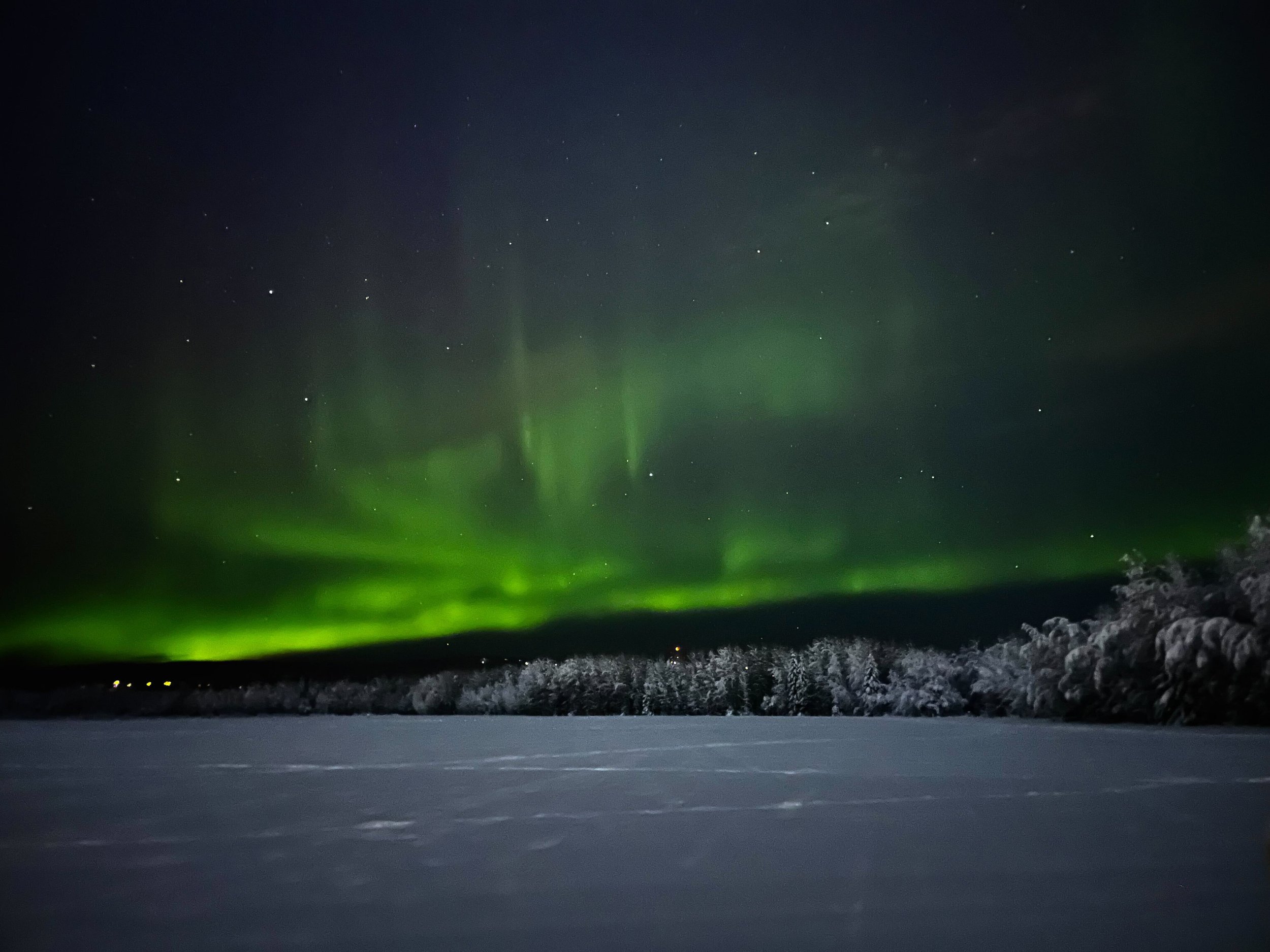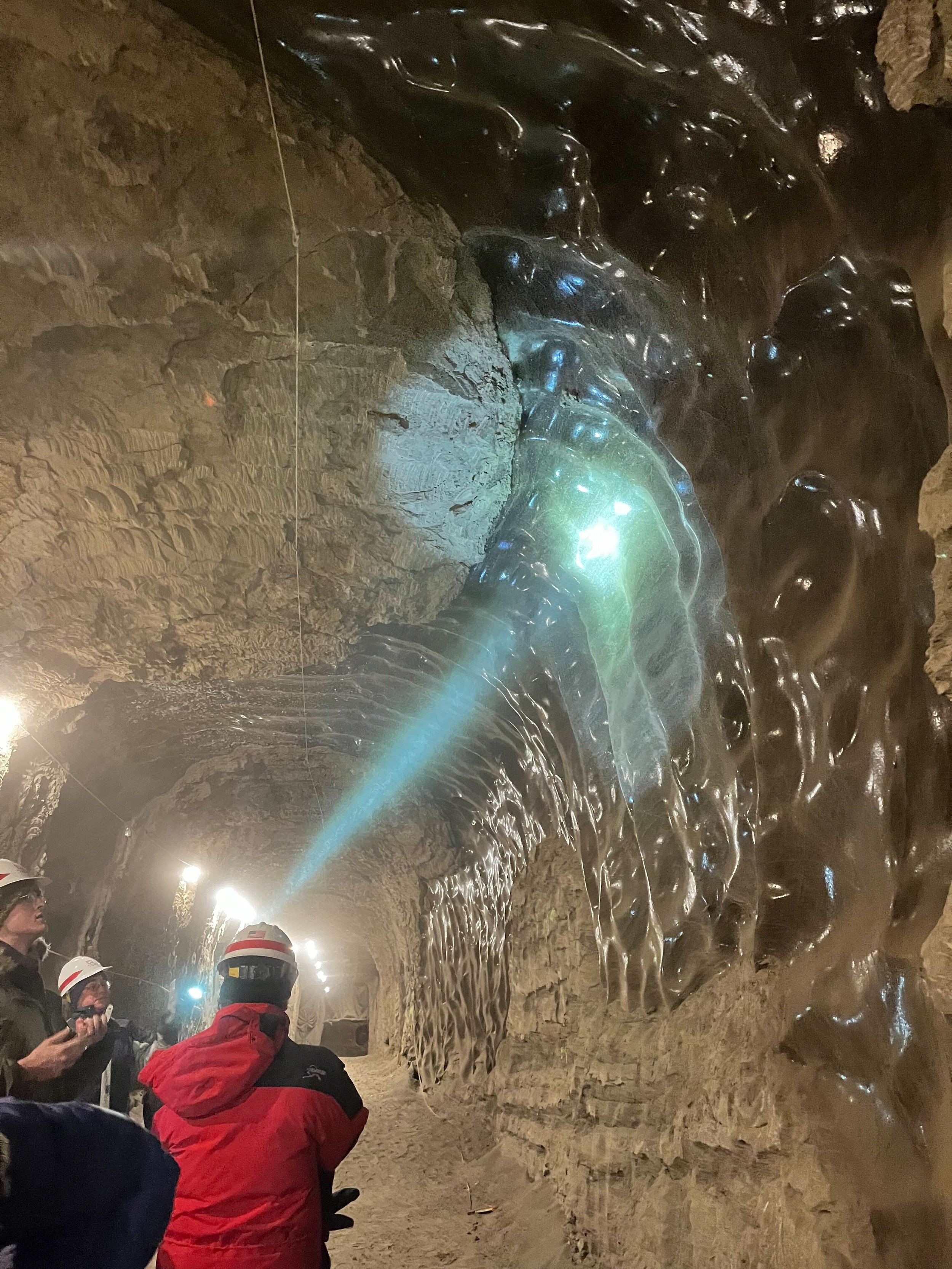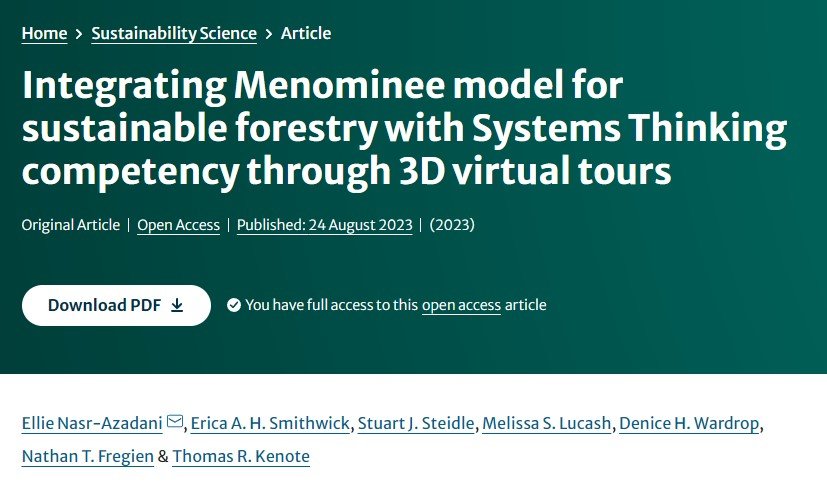Embarking on a transformative journey in Fairbanks, Alaska, I participated in a five-day workshop (Arctic Climate Change and Commuinity Collaborations Workshop) hosted at the International Arctic Research Center (IARC), focusing on arctic climate change and collaborative initiatives. This immersive experience allowed me to dive into the complexities of Arctic research while forging meaningful connections with other participants. We engaged in hands-on fieldwork within a beautiful boreal landscape. From measuring snow and ice to conducting frost tube analyses, the University of Alaska Fairbanks campus provided a dynamic backdrop for our scientific exploration. The International Arctic Research Center served as a hub for cross-disciplinary and cross-cultural interactions. As we connected with graduate students studying the Arctic, native Alaskan elders enriched our understanding of the profound relationship between the various Alaskan communities and its environment. Between the workshop and our time exploring the area, I was offered a unique opportunity to explore the Arctic's natural wonders, even at -25 F at times. Encounters with a moose, witnessing the dance of the northern lights, cross-country skiing in the boreal forests, and experiencing permafrost from an underground tunnel showcased the diverse facets of the Arctic landscape. As the workshop concluded, I left with enriched knowledge, a network of connections, and a profound appreciation for the delicate balance between scientific inquiry and cultural awareness in this amazing land.
https://marine.unh.edu/carpe-nrt/arctic-climate-change-community-collaborations-workshop











